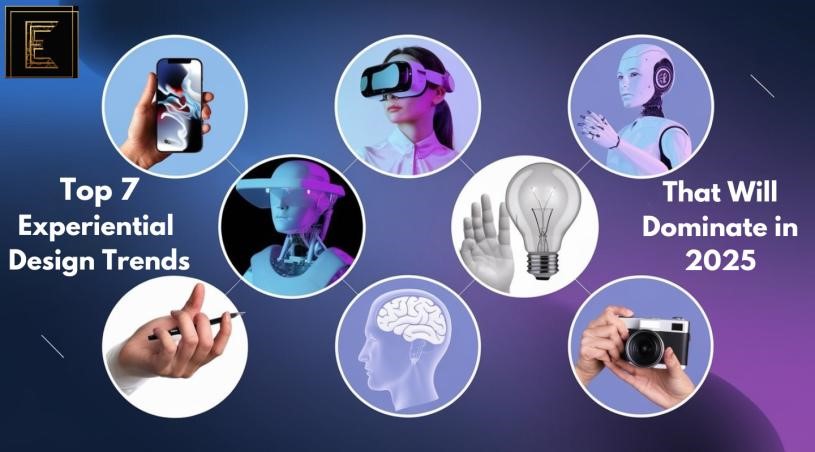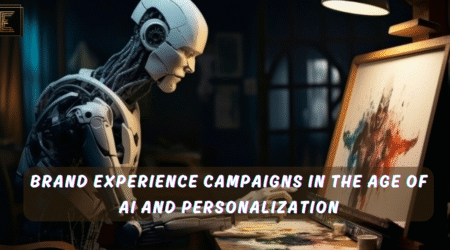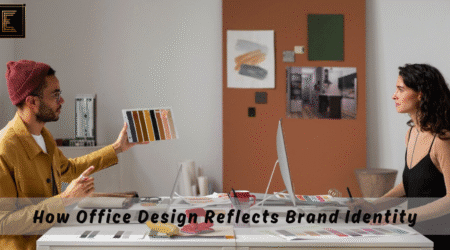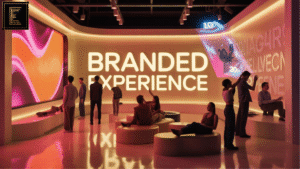Experiential design in 2025 is defined by a convergence of technology, sustainability, human-centric storytelling, and immersive environments. These experiential design trends are shaping how brands, businesses, and public spaces engage audiences, foster emotional connections, and drive long-term loyalty. From biophilic elements to experiential marketing strategies, the future of commercial spaces is all about engagement. Let’s explore the top seven Experiential Design Trends in 2025 poised to redefine experiential space design across the United States.
“Commercial design is no longer just about function—it’s about creating emotional connections that drive engagement and brand loyalty.” – Emily Carter, Experiential Design Consultant at Carter & Co.
1. Nature-Infused & Biophilic Design
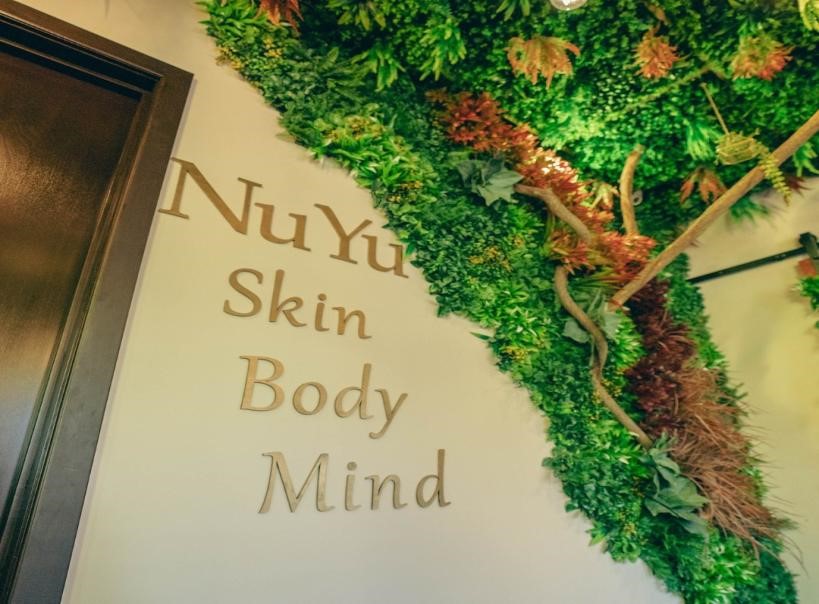
Biophilic design is transforming commercial interiors by integrating nature to enhance well-being and productivity. Businesses are embracing:
- Indoor greenery to improve air quality and ambiance
- Natural light optimization to boost productivity and mood
- Water features for a calming, high-end environment
According to a Harvard Business Review study, biophilic elements can improve employee productivity by up to 15%. Major companies like Amazon and Google have already embraced this concept, incorporating living walls, rooftop gardens, and abundant natural lighting into their workspaces. Expect to see more retail stores, coworking spaces, and hospitality venues prioritizing this trend. Top experiential design firms are helping businesses blend nature with branded aesthetics to create meaningful work environments.
2. Hyper-Personalization & Humanized Technology
The era of stark minimalism is giving way to maximalist designs, where bold patterns, vibrant colors, and layered textures dominate commercial interiors. Today’s audiences expect more than one-size-fits-all experiences. Among the most influential experiential design trends is hyper-personalization, powered by AI and real-time data.

Brands are using emotion-aware algorithms, behavioral analytics, and contextual inputs to customize interactions on the fly—whether online, in-store, or at events. These humanized, personalized experiences foster deeper emotional resonance and customer loyalty.
3. AI in the Design Process

Flexibility is key as commercial spaces serve multiple purposes. Businesses are designing environments that can seamlessly adapt by incorporating:
- Modular layouts that can shift between retail, co-working, and event spaces
- Convertible furniture that optimizes space usage
- Hybrid retail-experience hubs that blend commerce with engagement zones
For instance, Nike’s House of Innovation in NYC functions as both a shopping destination and an interactive experience center, allowing customers to test products in real-world scenarios. As hybrid work models continue to evolve, expect more spaces to integrate adaptable solutions. This is where experiential space design proves crucial in creating versatile commercial hubs.
4. Tech-Driven Spaces: Interactive and Smart Environments
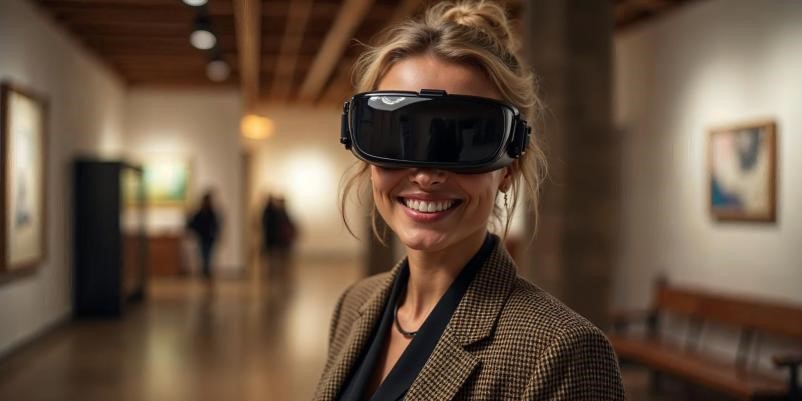
Technology is elevating experiential space design by making environments more interactive and personalized. Businesses are leveraging:
- Augmented reality (AR) experiences in retail to enable virtual try-ons
- Smart lighting and climate controls for customized comfort
- Touchless and AI-powered systems to enhance customer convenience
Luxury fashion brands like Burberry and Ralph Lauren are utilizing RFID-enabled smart mirrors, while restaurants like Eatsa use AI-driven ordering systems to create seamless, contactless experiences. Expect a surge in Experiential Design Trends in 2025 focused on tech-infused environments. Top experiential design companies are leading the charge in integrating digital and physical touchpoints for immersive retail experiences.
5. Empathy-Led, Inclusive, and Community-Oriented Spaces

Design is increasingly focused on empathy, inclusivity, and connection. One of the most human-centered experiential design trends emphasizes creating environments where everyone feels welcome, seen, and valued.
This includes flexible layouts, gender-neutral amenities, neurodiverse-friendly features, and spaces that encourage both social interaction and quiet reflection. More than spectacle, these designs prioritize purpose, community-building, and psychological safety.
Top experiential design firms are now helping businesses use cultural storytelling to craft unique, memorable brand environments.
6. Sustainable Commercial Interior Design: The Business Imperative
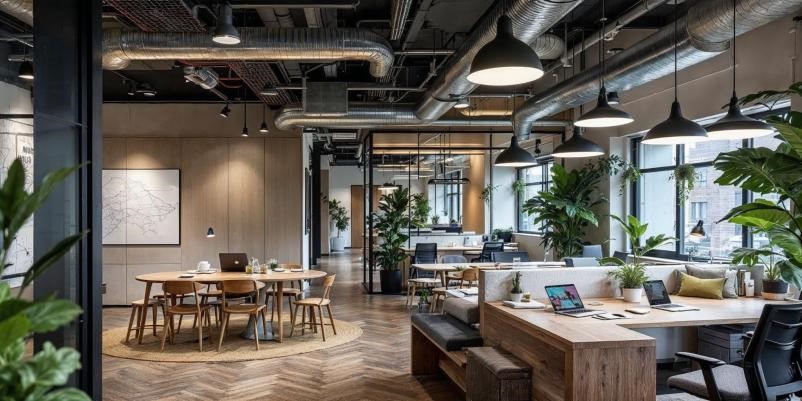
Sustainability is no longer optional—it’s a core expectation in commercial design. Businesses are adopting:
- Reclaimed and renewable materials for eco-friendly interiors
- Energy-efficient lighting and appliances to minimize carbon footprints
- Low-waste, circular economy designs prioritizing longevity
Green-certified buildings, like Google’s Bay View Campus, are setting new standards for sustainable commercial interior design. In 2025, businesses that integrate green design elements will not only meet regulatory requirements but also attract eco-conscious consumers. Top experiential design firms are guiding brands to build with purpose and responsibility.
7. Multi-sensory and Gamified Experiences

To truly captivate audiences, designers are engaging all five senses. Multi-sensory and gamified environments are a staple of 2025’s leading experiential design trends.
Spaces now incorporate textures, ambient soundscapes, scent design, and interactive digital layers. Gamification—through quests, challenges, and immersive installations—turns passive visits into active participation. These experiences deepen emotional connections and boost brand engagement across industries from education to retail Key strategies include:
- Tactile surfaces and interactive displays to engage visitors
- Curated soundscapes that match brand identities
- Signature scent experiences to enhance brand recall
Luxury brands like Le Labo and Aesop use signature fragrances to create lasting impressions, while experiential marketing pop-ups like Samsung 837 offer immersive tech-driven engagements. These experiential design trends reflect a broader movement toward environments that are not only visually striking but also emotionally impactful, technologically advanced, and deeply connected to both people and the planet. In 2025 and beyond, the spaces we inhabit will increasingly inspire, engage, and evolve in real time—with purpose at the core.
2025 Experiential Design Trends at a Glance
| Trend | Key Features | Example Applications |
| Biophilic Design | Plants, natural light, water features | Offices, retail stores, hotels |
| Hyper-Personalization & Humanized | Bold patterns, vibrant decor | Restaurants, cafes, event spaces |
| AI in the Design Process | AI-driven, real-time, emotion-aware experiences | Retail hubs, coworking spaces |
| Tech-Driven Environments | AR, smart systems, touchless tech | Malls, showrooms, smart restaurants |
| Community-Oriented Spaces | Heritage motifs, local craftsmanship | Boutique hotels, themed stores |
| Sustainability | Recycled materials, energy efficiency | Green-certified offices, retail parks |
| Multi-Sensory Experiences | Textures, scents, soundscapes | Flagship stores, pop-up experiences |
The Future of Experiential Design
As we move into 2025, experiential design is at the forefront of innovation, transforming commercial spaces into engaging, interactive, and sustainable environments. Businesses that prioritize biophilic elements, technology-driven solutions, and cultural storytelling will stand out in an increasingly competitive landscape. The future of experiential space design is about creating environments that not only look stunning but also feel immersive and emotionally impactful.
Whether you’re a boutique brand or a global company, working with top experiential design firms will ensure your space becomes a powerful extension of your brand identity.
Ready to Elevate Your Space?
Looking to integrate the latest Experiential Design Trends in 2025 into your business? Elegantize Designs specializes in crafting immersive, brand-aligned environments that captivate customers. Contact us today to bring your vision to life with one of the top experiential design companies in the industry.
FAQs
1. What is experiential design in commercial spaces?
Experiential design focuses on creating spaces that engage customers through sensory, emotional, and interactive elements.
2. Why is biophilic design trending in offices and retail?
It improves productivity, reduces stress, and enhances customer experience.
3. How can technology enhance retail experience design?
Augmented reality, smart lighting, and AI-powered personalization make shopping more engaging and convenient.
4. Are sustainable commercial interiors cost-effective?
Yes, eco-friendly designs reduce energy costs and improve longevity.
5. How does cultural storytelling impact customer engagement?
It creates a unique brand narrative that resonates with diverse audiences, enhancing loyalty and emotional connection..

